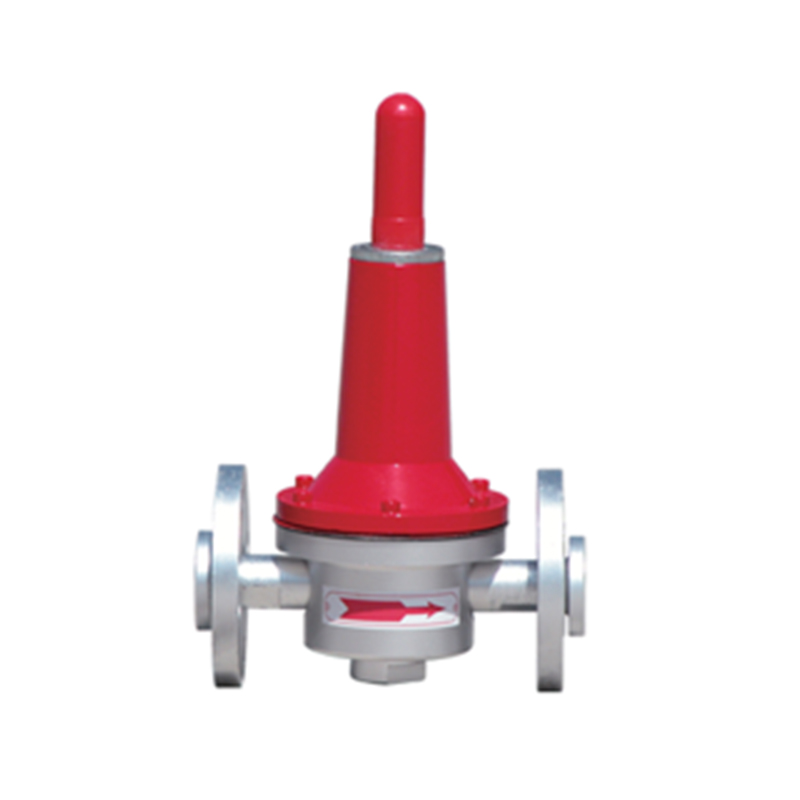
Dec . 01, 2024 08:11
Back to list
pneumatic control valve
Understanding Pneumatic Control Valves Functionality and Applications
Pneumatic control valves are critical components in fluid power systems that use compressed air to control the flow of liquids, gases, or slurries. These valves manipulate the flow and pressure of the air or fluid, ensuring that systems operate efficiently and safely. This article explores the functionality, types, applications, and advantages of pneumatic control valves, highlighting their importance in various industries.
Functionality of Pneumatic Control Valves
At their core, pneumatic control valves regulate the movement and pressure of air or gas within a system. They can start, stop, or throttle the flow of the medium, allowing for precise control over processes. The operation of a pneumatic valve is typically powered by a solenoid or air pilot, which, upon receiving a signal, moves the valve to its designated position.
The basic components of a pneumatic control valve include the valve body, actuator, and control mechanism. The actuator can be pneumatic, electric, or hydraulic, depending on the application. In most cases, pneumatic actuators are preferred due to their quick response times and reliability in industrial environments.
Types of Pneumatic Control Valves
There are several types of pneumatic control valves, each designed for specific applications
. Some of the most common types include1. Solenoid Valves These valves use an electromagnetic coil to control the flow of air or gas. When electricity is passed through the coil, it generates a magnetic field that moves a plunger, opening or closing the valve.
2. Throttle Valves Throttle valves are used to control the flow rate of the air or fluid. By adjusting the opening size, operators can fine-tune the speed of the process being controlled.
3. Directional Control Valves These valves direct the flow of air to different parts of a system, allowing for the control of actuators and cylinders. They can be manually operated or controlled through electrical signals.
pneumatic control valve

4. Pressure Control Valves These are designed to maintain or regulate the pressure within a system. They can relieve excess pressure or allow for precise pressure settings.
Applications of Pneumatic Control Valves
Pneumatic control valves are utilized across a multitude of industries, including manufacturing, automotive, food and beverage, pharmaceuticals, and many others. In manufacturing, they help automate processes by controlling the movement of robotic arms or conveyors. In the automotive sector, they are crucial in regulating air supply for pneumatic tools and machinery.
In the food and beverage industry, pneumatic valves are vital for controlling the mixing and dispensing of ingredients, ensuring consistent product quality. Similarly, in pharmaceutical manufacturing, these valves maintain strict control over the processes, adhering to hygiene and safety standards.
Advantages of Pneumatic Control Valves
The use of pneumatic control valves offers several advantages. First, they provide a rapid response to control signals, allowing for quick adjustments to be made in real-time. This responsiveness is essential in processes requiring high precision and accuracy.
Second, pneumatic systems typically have lower operational costs compared to electrical systems. They generally require less energy to operate, making them an economical choice for many applications. Additionally, pneumatic systems are often more robust and less prone to damage in harsh environments.
Finally, pneumatic control valves are easy to maintain and can be quickly replaced if broken. This maintenance advantage reduces downtime in industrial operations, ensuring that production processes remain efficient.
Conclusion
In conclusion, pneumatic control valves play a vital role in modern fluid power applications, allowing for precise control over air and fluid movement. With various types available to suit different needs, their applications are diverse and critical to numerous industries. Understanding and utilizing these valves effectively can lead to improved efficiency, lower costs, and enhanced safety in operations. As industries continue to evolve, the role of pneumatic control valves will undeniably remain significant in achieving automation and precision.
Next:
Latest news
-
Safety Valve Spring-Loaded Design Overpressure ProtectionNewsJul.25,2025
-
Precision Voltage Regulator AC5 Accuracy Grade PerformanceNewsJul.25,2025
-
Natural Gas Pressure Regulating Skid Industrial Pipeline ApplicationsNewsJul.25,2025
-
Natural Gas Filter Stainless Steel Mesh Element DesignNewsJul.25,2025
-
Gas Pressure Regulator Valve Direct-Acting Spring-Loaded DesignNewsJul.25,2025
-
Decompression Equipment Multi-Stage Heat Exchange System DesignNewsJul.25,2025

